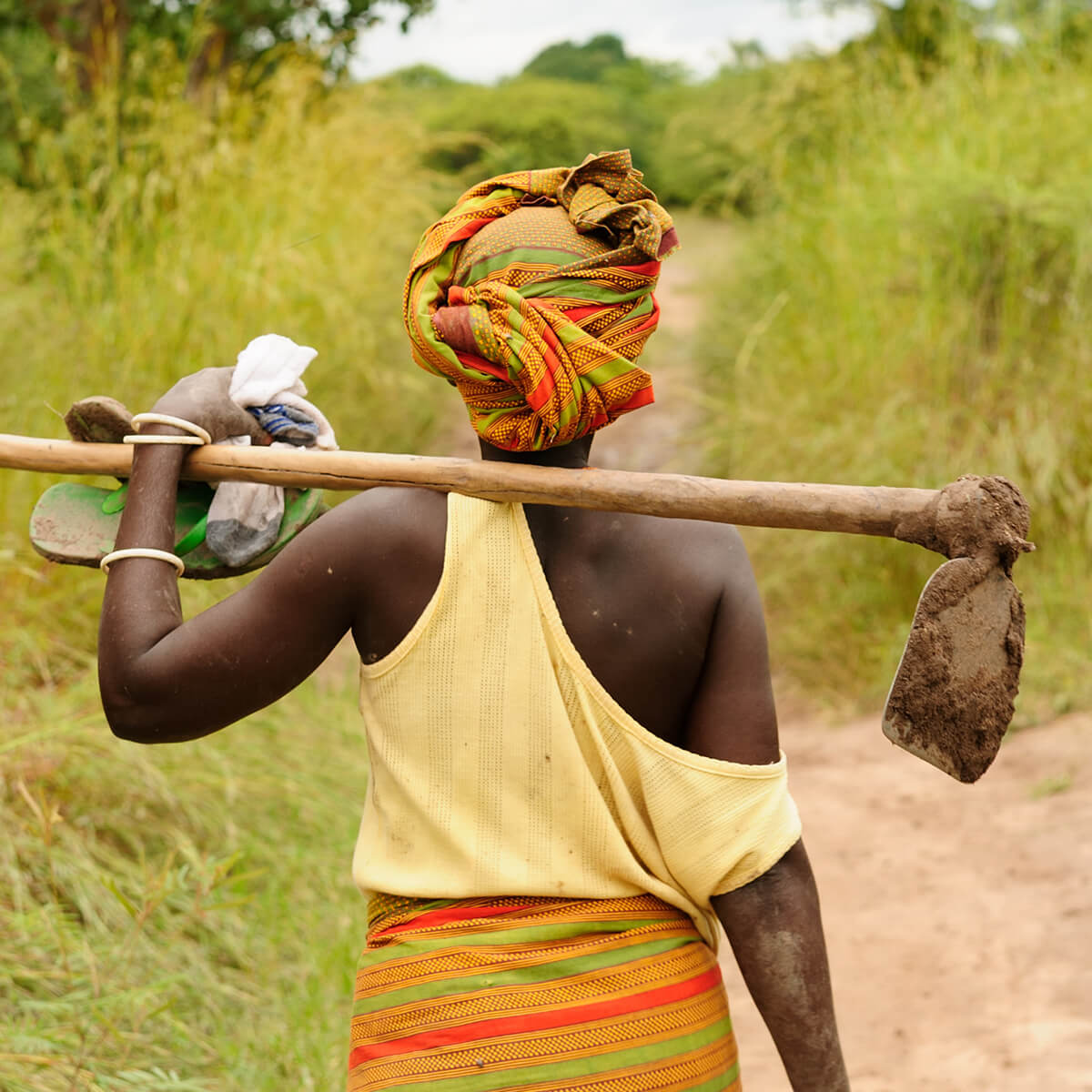OUR GOAL
To invest in the health, economic, and social wellbeing of women globally and advance the United Nations Sustainability Goal #5: “The achievement of gender equality and empowerment of all women and girls.”
We build a woman’s capacity, agency, and confidence in order to strengthen her leadership, management, and technical competencies across all sectors and institutions in impoverished communities throughout both developed and underdeveloped countries.
THE CHALLENGE
One of the poorest and most unprotected populations are women. In many countries, they have extremely limited or non-existent access to education, income, land ownership, credit, legal protection, or economic opportunity.
According to the World Health Organization, 1 in 3 women in developing countries experience physical or sexual violence during their lifetime. Domestic abuse, rape, sexual trafficking, female genital mutilation, and other gender-based violence deprives many women the opportunity to live joyful, healthy, and accomplished lives. Inequality is a recurring issue, whether it’s access to schooling, training, pay, or respect.
These and other limitations make it clear that the global community has a long road to travel before women have fair opportunity for advancement. If human rights for women are not urgently and adequately addressed, opportunities for women to become effective change agents will continue to be diminished.

OUR STRATEGY
Our strategy is to provide women with a framework to move from crisis and poverty to stability and economic sufficiency for themselves and their families.
We equip marginalized women with tools, skills, processes, and support that empower them to advance sustainable development in their homes and communities.
FAST FACTS
LIKELY
Women are more likely than men to work in informal employment. In South Asia, over 80% of women in non-agricultural jobs are in informal employment, in sub-Saharan Africa, 74%, and in Latin America and the Caribbean, 54%.
PERCENT
Women could increase their income globally by up to 76% if the employment participation gap and the wage gap between women and men were closed. This is calculated to have a global value of USD 17 trillion.
REGION
In every region women do the bulk of unpaid work.
PERCENT
90% of countries have at least one measure which restricts women’s economic opportunities.
AREAS
In rural areas, many women derive their livelihoods from small-scale farming, almost always informal and often unpaid.
WOMEN
1 in 5 women will be a victim of rape or attempted rape in her lifetime.
PERCENT
60% of the world’s working poor are women.

